Tips for Making Stronger, Tighter Niʻihau Shell Jewelry (ニイハウ シェル ジュエリー)
Niʻihau shell earrings (ニイハウ シェル ピアス) — I’m sure you’re getting so excited to create your first piece. It’s such a special feeling, isn’t it? You’ve seen the photos, maybe held a few shells in your hand, and now you’re ready to try.
Before we jump into some of the little surprises you might run into while making your Pikake-style earrings, bracelets, or necklaces, let’s take a moment to talk about what this style really means — and why it’s so loved in the world of Niʻihau shell jewelry.
What Is the Pikake Style?
The Pikake style (ピカケ スタイル) is one of the oldest and most cherished designs in Niʻihau shell jewelry (ニイハウ シェル ジュエリー). The word Pikake means jasmine flower in Hawaiian — a blossom known for its gentle scent and simple beauty.
When the Momi shells are tied close together, they form little clusters that look like the soft petals of a jasmine bloom. That’s where the name comes from — Pikake, meaning jasmine.
This style can be used for earrings, bracelets, or even full leis. It’s often the first one taught in Niʻihau shell classes, because it helps beginners learn how to match shell sizes and find that quiet rhythm between your hands and the string.
It looks simple, but it takes patience. Once you understand its rhythm, it becomes something very calming and special — a piece that carries both grace and aloha.
If you’re new to Niʻihau shells (ニイハウ シェル) and still find it hard to remember all the names or tell them apart, you might enjoy reading these beginner blogs first:
➡️ What Are Kahelelani Shells?
➡️ What Are Laiki Shells Used for in Niʻihau Jewelry?
➡️ What Are Momi Shells?
➡️ Beginner’s Guide — Should I Try to Make Niʻihau Shell Jewelry? What I Need and What I Have to Know.
Why Does My Pikake earrings or necklace Feel Loose Even When I Pull the Cord Tight?
This is something almost everyone goes through at first. You pull the thread as tight as you can, expecting the shells to sit perfectly — but somehow they still look loose or uneven.
Here’s the thing: Pikake style isn’t about pulling harder — it’s about rhythm and touch. When you tug too hard, the shells twist or even crack. When you’re too gentle, they drift apart. It’s all about that balance your fingers slowly learn over time.
➡️ Sometimes, what’s really causing the looseness isn’t your tying — it’s the shells themselves.
• Some shells might be a little larger or smaller.
• Some might have holes poked at a slightly different angle.
• Or the hole might be just a little too high or too low compared to its partner.

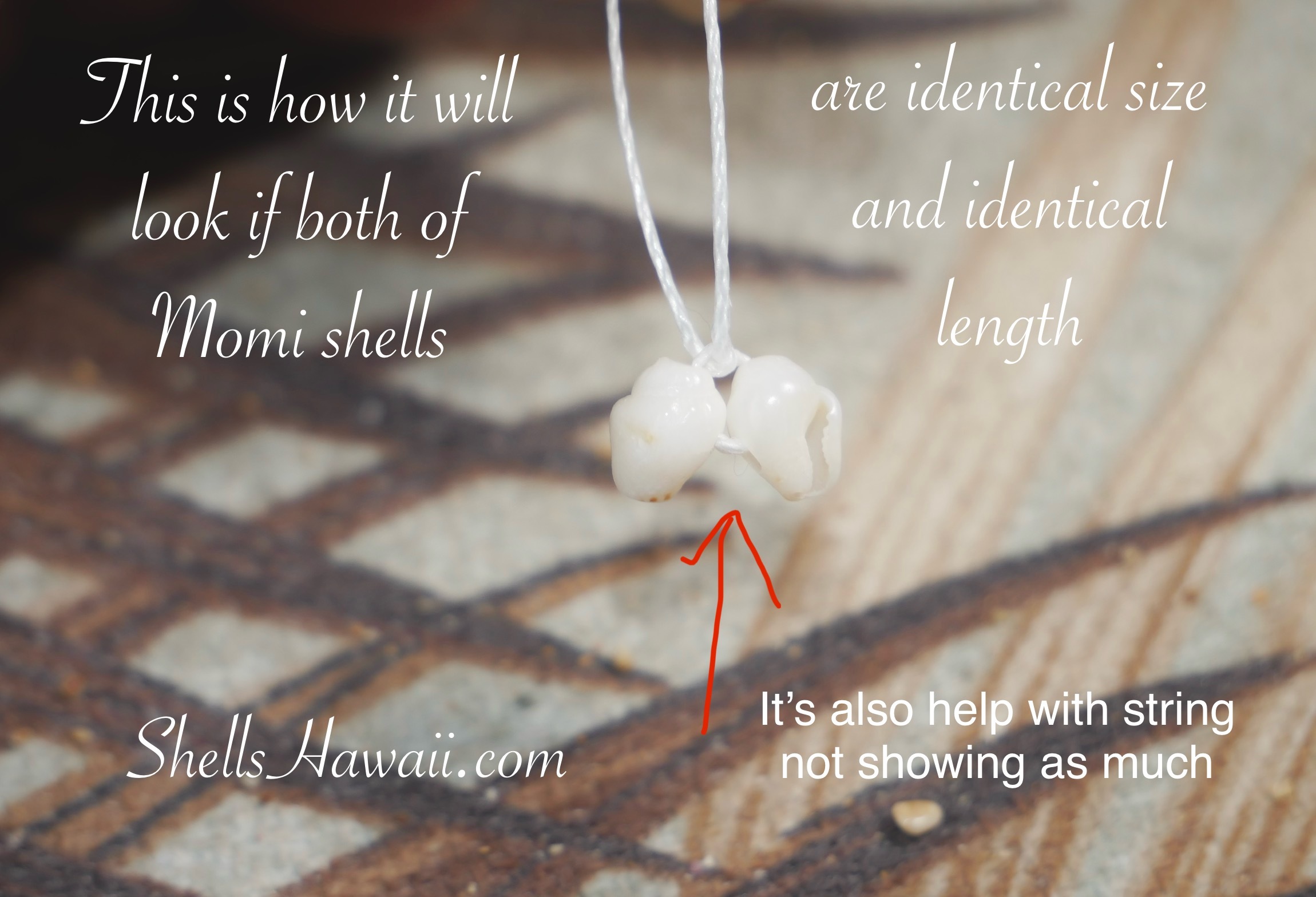
When those little things add up, your pattern can start to shift — even when your hands are doing everything right. But once you start noticing those small details before you tie, your Pikake clusters will begin to sit closer and tighter.
➡️ What Helps — So Your Pikake Style Doesn’t Feel Loose When You Tie
- Take a moment to look at each pair and see if they match well — not just in size, shape, or shell length, but also in how each shell sits. Make sure everything looks even before you tie a knot.
• When you poke holes, try to keep your angle steady so each one lines up the same way.
• And if something looks off after tying — don’t hesitate to switch a shell. You’ll be glad you did once everything comes together at the end.

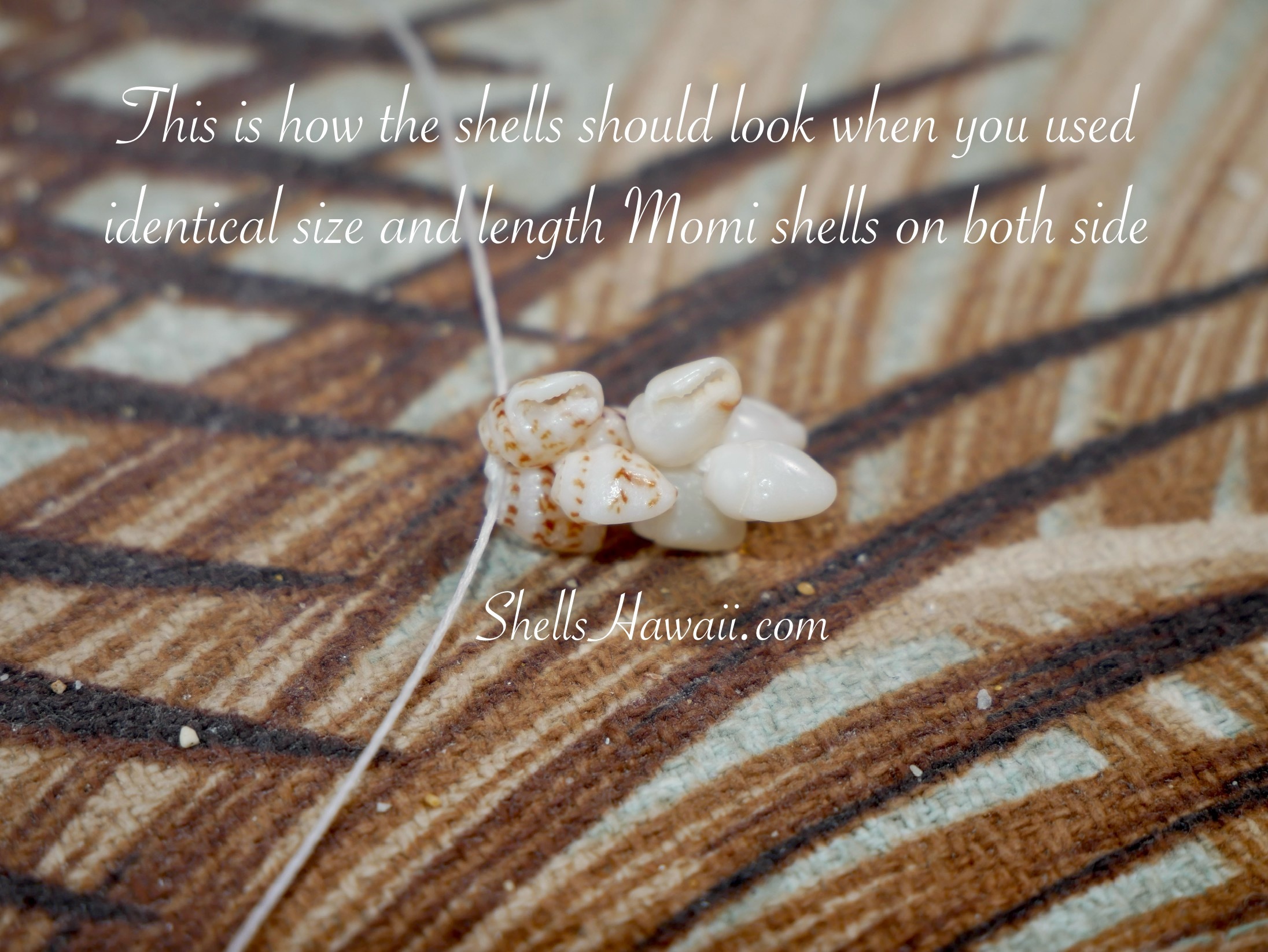
With time, your hands start to remember the feeling of “just right.” That’s when your Pikake blooms start to really shine.
My Shells Look Crooked...
Sometimes you’re tying and everything seems fine — and then suddenly, one shell decides to lean its own way. Usually, it’s just the hole placement. Even a tiny bit off-center can make it twist.
If that happens, don’t worry — it’s very common.
➡️ What Helps — So Your Niʻihau Shells Don’t Sit Crooked or Uneven When Tied
If your Momi shells (モミ シェル) are already poked, you can still make adjustments.
• Try matching pairs that naturally sit the same way.
• Take a quick look at where the holes are — they should sit near the middle of the shell’s cheek, not too high or low.
• If one side looks off, you can gently widen the hole a little to help them line up better.
• And if a shell already has a large hole, it’s usually better to set it aside for another project. Big holes make the thread loose and let a bit of the string show — something you’ll notice right away once it’s tied.
✨ Related blogs:
- FAQ: What Tools I Use to Poke Niʻihau Shells
- Beginner’s Guide – How to choose quality Niihau shells for jewelry
✨ Important About How to Make a Single Pikake Style with the Momi Shells
When it comes down to it, creating the single Pikake style is really about care, attention to detail, and consistency — everything you put into each step will show in your finished piece.
The size most people prefer (and the one I often use myself) is S–M. It keeps the earrings light, elegant, and not too bold or heavy.
➡️ So what you’ll want to do is:
• Try to poke your holes in the same position and angle each time.
• Match your shells as closely as you can in size and shape.
• Use the correct tool for the job — and keep it sharp.
• As you tie, glance at your line once in a while to make sure everything is sitting straight and smooth.
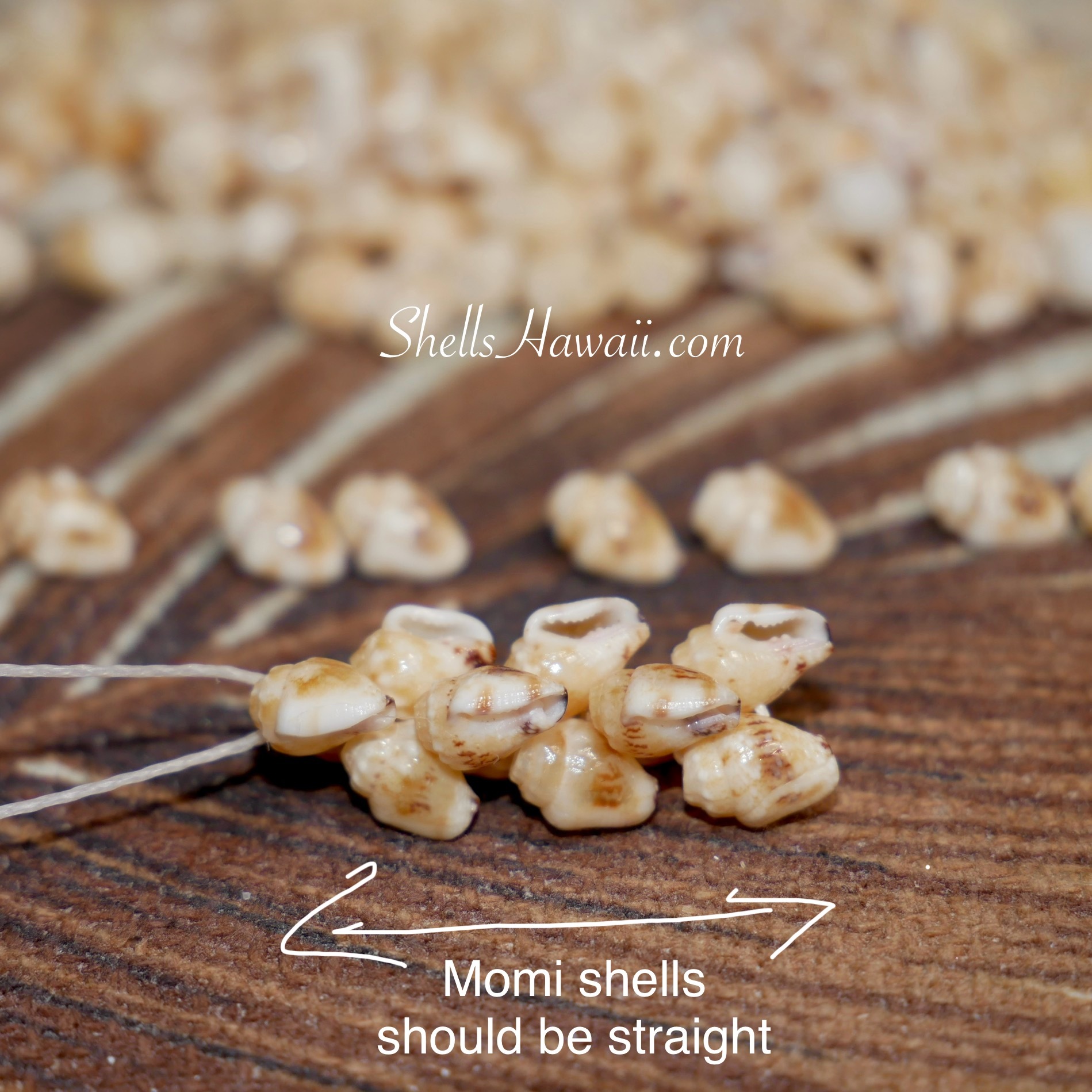
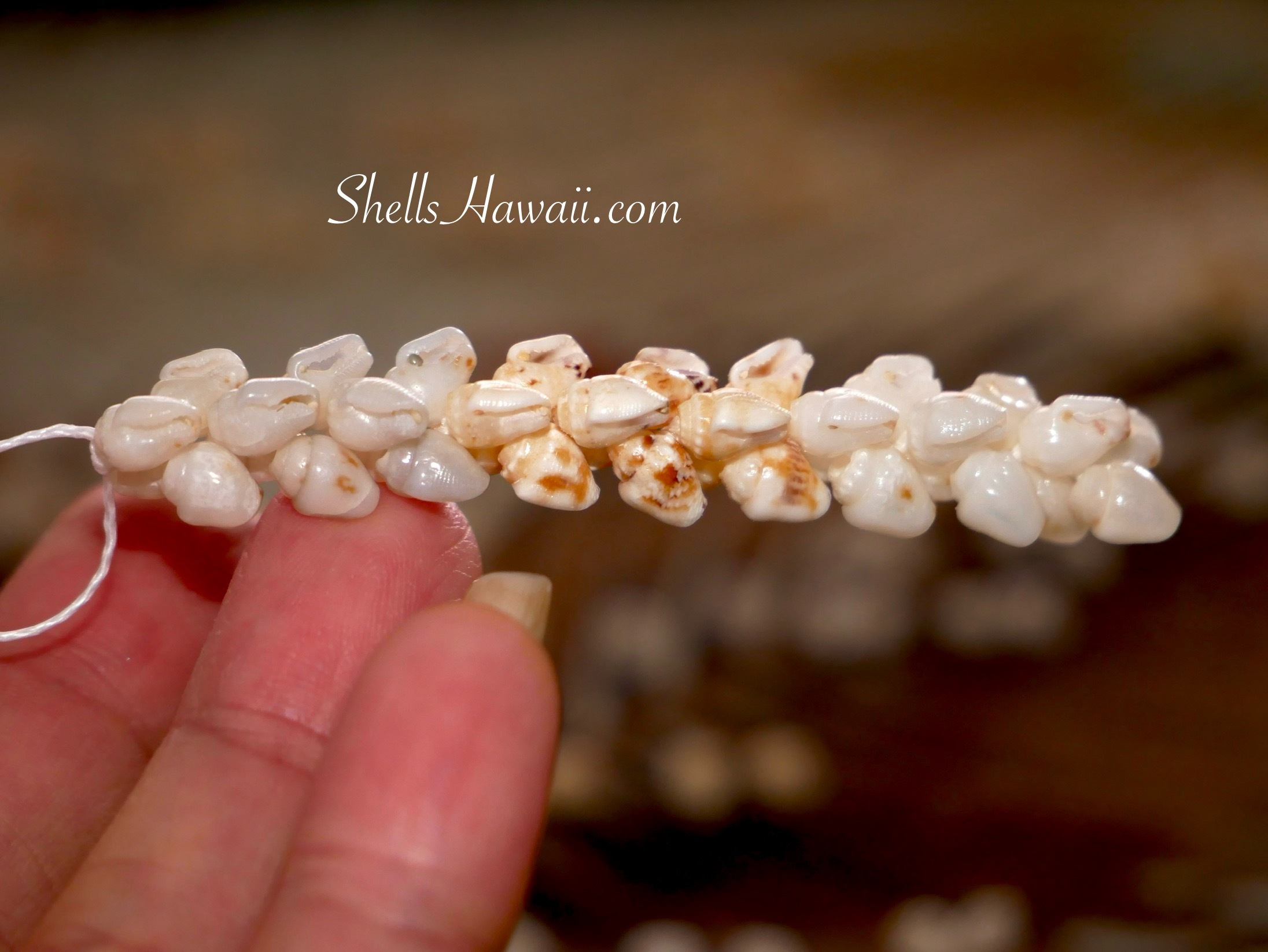
When you do these things, your piece begins to take on that soft, polished look — the kind that makes handmade Niʻihau shell jewelry feel alive with patience and aloha, just like the timeless beauty of Hawaiian island creations.
Either you’d like to create Niʻihau shell jewelry (ニイハウ シェル ジュエリー) for yourself or make it as a holiday gift, it will always be a meaningful treasure for you and your loved ones — a piece of the islands to cherish and remember.
If you’re not quite ready to poke Momi shells (モミ シェル) on your own yet, don’t worry. I’ve put together some pre-poked Momi shell kits that include simple instructions to help you begin your own island creation. They’re perfect for learning at your own pace — and they make lovely keepsakes for anyone who loves Niʻihau shell jewelry (ニイハウ シェル ジュエリー).
They’re gentle reminders of island life — a perfect gift from the Hawaiian sea, crafted with the beauty of Niʻihau shells and the warmth of aloha.
If you’d like to learn more before choosing your piece, these blogs might help:
➡️ Niʻihau Shell Jewelry Buyer’s Guide — How to Choose Authentic Hawaiian Treasures
➡️ Buyer’s Guide — When You’re Tempted to Buy but Still Unsure if Niʻihau Shell Jewelry or Loose Shells Are Right for You
➡️ Why Are Niʻihau Shells So Rare and Expensive?
If you find your Pikake-style earring feels loose, uneven, or just not how it looked in class, don’t be discouraged. Every creator goes through this — it’s how we learn.
Take your time, look closely at the details of each shell, and remember one of the most important things of all: practice, practice, and more practice. That’s the only way your hands will grow steady and your workmanship will improve.
And remember, if you ever get stuck or want to share your progress, you can always visit the ShellsHawaii blogs or reach out — I’m always happy to help you along your journey.
Much aloha, and I hope this blog is help you to enjoy your creation.
And if you would like to see some of my creations, here are a few pieces I made — available in my lei, earrings, and bracelet collections.

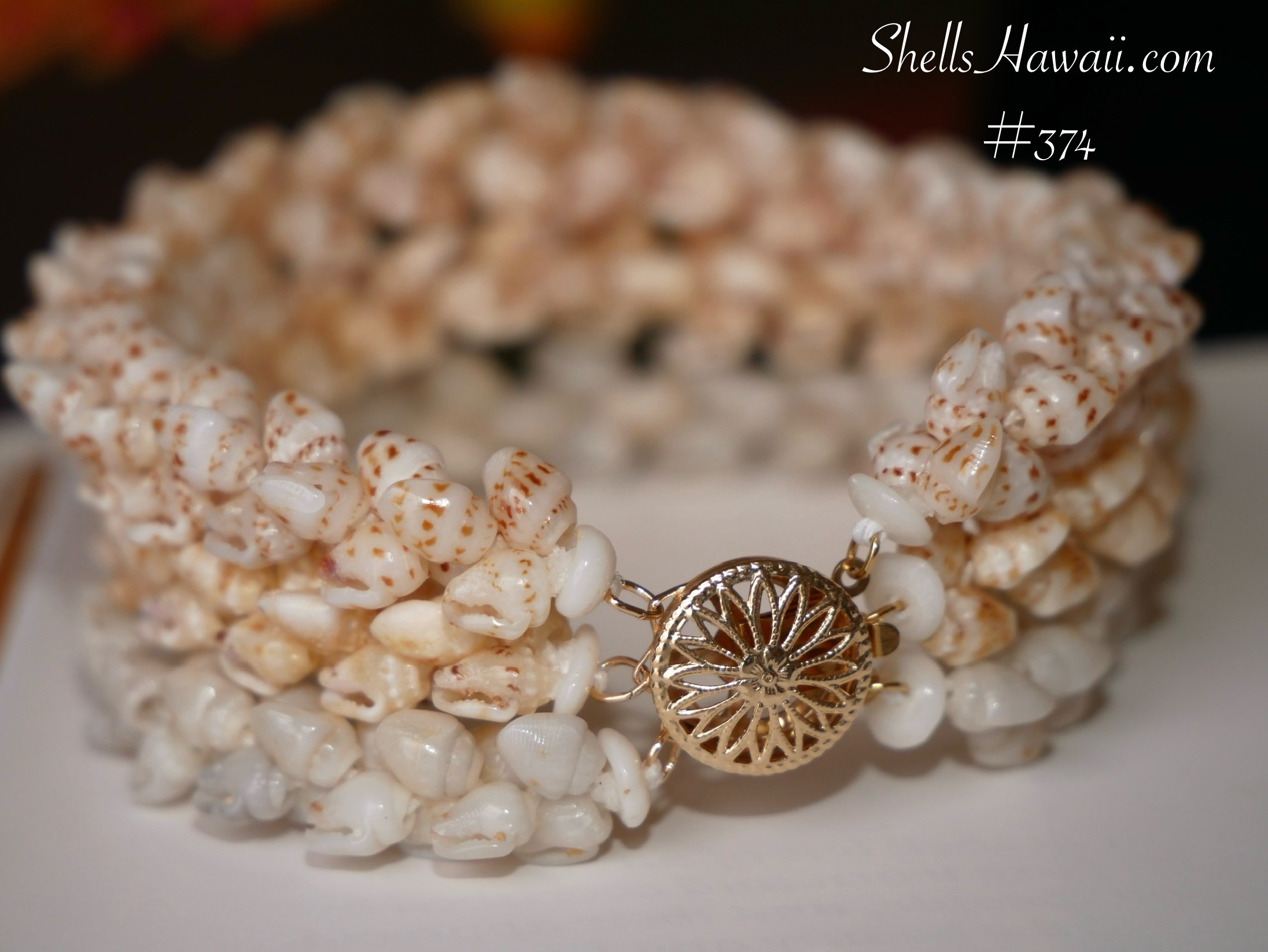
 USD
USD

